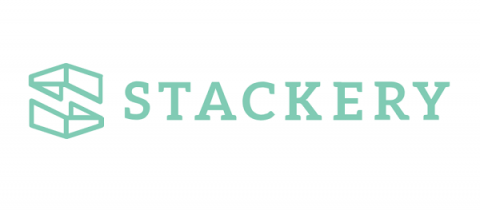Serverless is more than AWS Lambda
Too often serverless is equated with just AWS Lambda. Yes, it’s true: Amazon Web Services (AWS) helped to pioneer what is commonly referred to as serverless today with AWS Lambda, which was first announced back in 2015. But in 2020, it’s important for enterprises to understand that the serverless landscape is much bigger with more opportunities. Serverless is sometimes (narrowly) defined as just being about functions-as-a-service, but that’s a very limited viewpoint.








